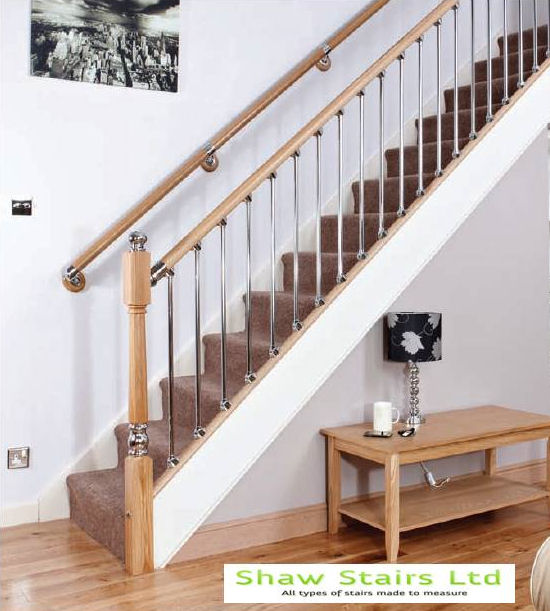Most of us at one time or another has worked with someone who makes part or all of the workday miserable. There’s usually at least one employee who has a negative outlook on everything – can’t see the glass half-full, only half-empty. Good supervisors should know how to turn this environment into a productive one, but it isn’t always easy.
Managers need to ensure that the person focuses on tasks or projects instead of negative personality traits. Maybe they don’t understand exactly what their job responsibilities are, or threatened by the abilities of their co-workers. Some of these employees are against management and won’t cooperate. Bringing the problem to the attention of the supervisor may have to be done by other employees. Everyone wants to get their job done, and doesn’t need a bad attitude from someone else to deter them.
A “hostile work environment” is a different matter. Here are some signs of hostile behavior: (which is against the law).
- Harrassment – Whether it is because of race, religion, origin, age, disability, military and veteran status, this behavior is discriminatory under federal law.
- Unwelcome behavior – Intimidating, humiliating, offensive, or making threats to employees or a group of employees is also discrimination.
- Verbal sexual advances – Bullying, telling cruel jokes, or sending negative emails or text messages – again, discrimination.
- Hostile behavior is pervasive over time. It should be reported to Human Resources , who can intervene in a timely fashion, because it must be addressed by the employer.
- Actions or communications being repeated over a period of time defines discrimination.
- If the work environment interferes with an employee’s career progress, resulting in failure to receive a job rotation or promotion, this is considered discrimination.
An employer can be liable for the creation of a hostile work environment if they knew about the behavior and did not sufficiently try to remedy the situation. The hostility can be started by a boss or another workers whose actions or behavior make doing your job impossible. If the unreasonable work situation can not be a comfortable work environment for others and is disciminatory, this is a situation that must be fixed.
In other words, if a coworker does annoying things to bother their coworkers, and demonstrates rude or obnoxious behavior, that is not considered being hostile, as much as being a distracting pest. However, if that person tells untruths about a worker or tells sexual or racial jokes, makes fun of your background or age, the person is creating a hostile environment. If someone belittles you about your religion, gender or race, you are working in both a hostile work environment, and one that you are being discriminated against. This should be reported to your supervisor.
No matter where you work, something we all need to know, is that we do not harbor resentment against anyone. Maybe you have a better education than others, but does that make you better than them? Many persons have talents that far outweigh a formal education. It takes workers with all types of skills to make a company successful. Life is too short to make it miserable for others who want to do a good job and go home at the end of the day, feeling good about the work they have accomplished.
Let’s treat others as we want to be treated. It takes the whole team to accomplish the goal of their employer.



